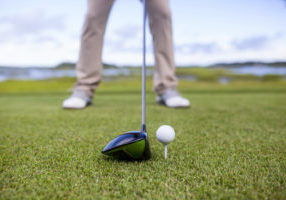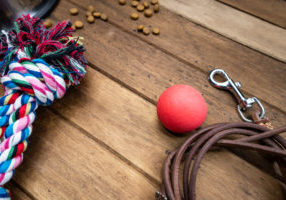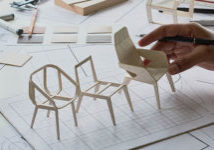WHAT IS A DESIGN PATENT?
Design patents cover ornamental designs for an article of manufacture, and they are often used to provide businesses with a cost-effective way to supplement the protection to an invention provided by a utility patent or to protect an invention outright when the invention is unlikely to qualify for a utility patent.
Contents:
- Proper Subject Matter for Design Patents
- Improper Subject Matter for Design Patents
- The Difference Between Design and Utility Patents
- Types of Designs and Modified Forms
- Design Patent Applications
- Contact an Experienced Attorney
A design patent protects any new, original, and ornamental design for an article of manufacture. The term of a design patent lasts 15 years from the date of the grant.
To be patentable, the design must be:
- New
- Original
- Ornamental
- For an article of manufacture
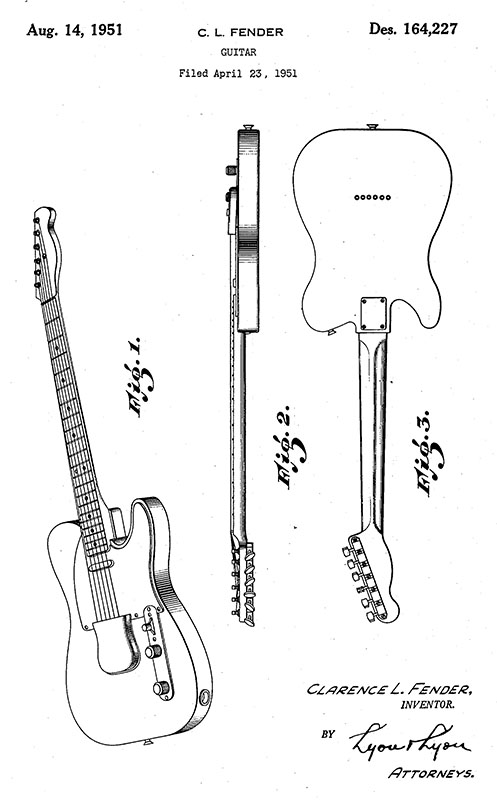

PROPER SUBJECT MATTER FOR DESIGN PATENTS
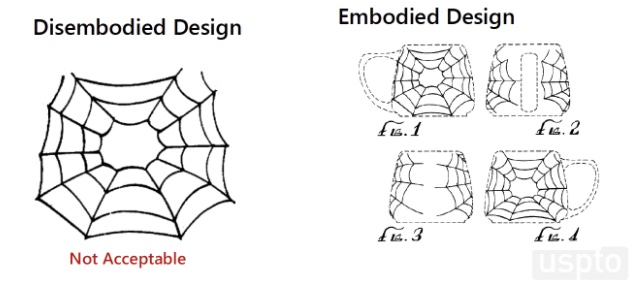

A design for an article of manufacture consists of the visual ornamental characteristics embodied in or applied to the article. A design is inseparable from the article and cannot exist alone as a scheme or surface ornamentation. A design must be capable of reproduction.
For example, the spider web design on the left below is not eligible design for a patent because it stands alone, disembodied from an article of manufacture. By contrast, the spider web design on the right below is eligible for a patent because it is embodied in the article of manufacture.
IMPROPER SUBJECT MATTER FOR DESIGN PATENTS
A design for an article of manufacture that is dictated primarily by the function of the article lacks ornamentality and is not proper statutory subject matter. Specifically, if at the time the design was created, there was no unique or distinctive shape or appearance to the article not dictated by the function that it performs, the design lacks ornamentality and is not proper subject matter.
Because a design must be original, any design that simulates a well-known or naturally occurring object or person is not original as required by the statute.
Subject matter that could be considered offensive to any race, religion, sex, ethnic group, or nationality is not proper subject matter for a design patent application.
THE DIFFERENCE BETWEEN DESIGN AND UTILITY PATENTS
A utility patent protects the way an article is used and works, while a design patent protects the way an article looks.
Both design and utility patents may be obtained on an article if the invention resides both in its utility and in its ornamental appearance.
While utility and design patents afford legally separate protection, the utility and ornamentality of an article are not easily separable. Articles of manufacture may possess both functional and ornamental characteristics, so inventors should always consider whether separate protection is warranted.
Types of Designs and Modified Forms
A design patent application may relate to:
- the surface ornamentation applied to an article
- the configuration or shape of an article
- the combination of configuration and surface ornamentation
Shown to the right is an example for each aspect:
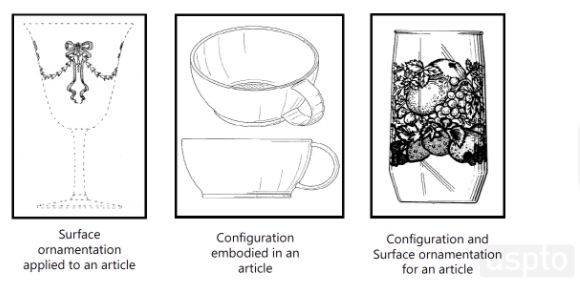

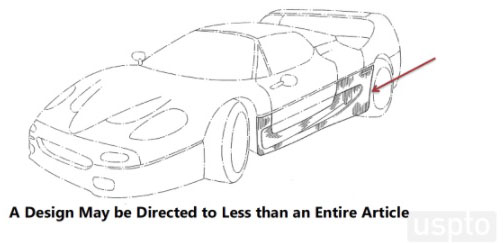

If a design is directed to just surface ornamentation, as shown on the left above, it must be shown applied to an article in the drawings, and the article must be shown in broken lines, as it forms no part of the claimed design.
An ornamental design may be embodied in an entire article, as shown in the middle above, or only a portion of an article, as shown below.
Modified forms, or variants of a single design concept, may be filed in one application. For example, objects having only minimal configuration differences, such as the size of the containers below, may be considered a single design concept and the multiple embodiments may be included in a single application.


DESIGN PATENT APPLICATION
A design patent application may only have a single claim. Designs that are independent and distinct must be filed in separate applications since they cannot be supported by a single claim.
Designs are independent if there is no apparent relationship between two or more articles. For example, a pair of eyeglasses and a door handle are independent articles and must be claimed in separate applications.
Designs are considered distinct if they have different shapes and appearances even though they are related articles. For example, two vases having different surface ornamentation creating distinct appearances must be claimed in separate applications.
